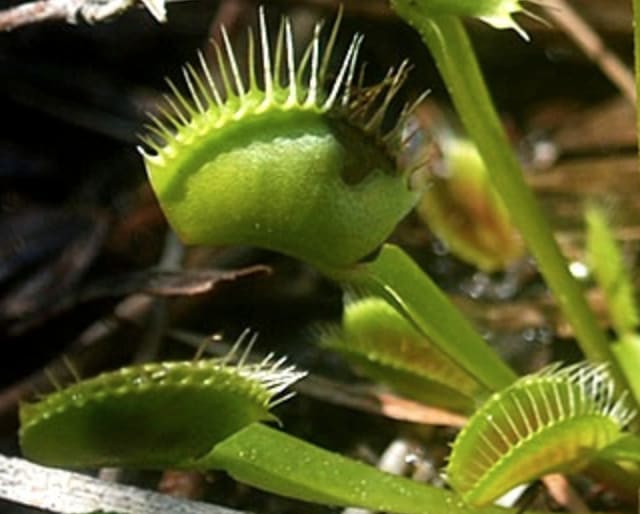Mystery Science respects the intellectual property rights of the owners of visual assets.
We make every effort to use images and videos under appropriate licenses from the owner or by
reaching out to the owner to get explicit permission. If you are the owner of a visual and
believe we are using it without permission, please
contact us—we will reply promptly and make
things right.
Exploration
Venus Fly Trap inside pot by
Andrew Dalton
garden by
Srl
dirt mixed with water in jug by
Ildar Sagdejev
watering can by
Imgur
finger in Venus Fly Trap by
Carnivorous Corner
sprout by
Living Countryside
fly landing on Venus Fly Trap by
skmarimba
Venus Fly Trap video by
Totally Amazing Videos (User name)
dirt by
0x0077BE
seeds in water by
missvickie.com
Pitcher plant by
François MEY
bean root by
Ms. Roo
salt on spoon by
Charlotte Jain
Chewable vitamins by
Carlson Labs
growing corn by
mindlapse
Pitcher plant chambers by
François MEY
Frog in pitcher plant by
Brad's Greenhouse
Hydroculture by
Ma9900
mouse in pitcher plant by
Ken Hannaford
space city drawing (1) by
Seth Pritchard
space city drawing (2) by
NASA Ames Research Center
space city drawing (3) by
NASA Ames Research Center
sprouts in dirt by
Christhefuzzy
Red flowers by
Alex Gall
venus fly trap by
William Vann





